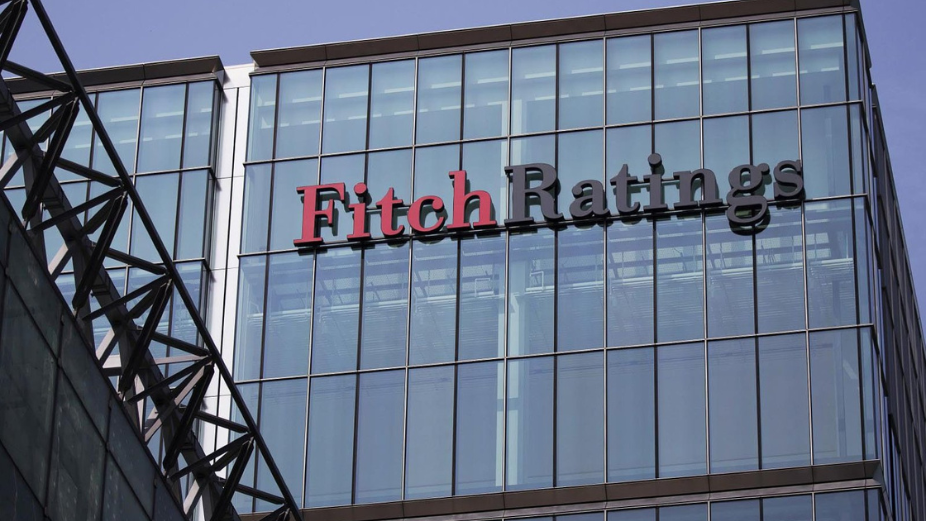
Fitch Ratings has downgraded the Maldives’ Long-Term Foreign-Currency Issuer Default Rating (IDR) to ‘CC’ from ‘CCC+’, reflecting growing concerns over the country’s ability to meet its financial obligations. The downgrade suggests that the Maldives faces an increased risk of default, a situation where it may not be able to repay its debts within the agreed timeframe.
What Does the Downgrade Mean?
To understand this downgrade, it’s essential to know what credit ratings are and why they matter. Credit ratings, like those issued by Fitch, are assessments of a country or company’s creditworthiness — their ability to repay borrowed money. These ratings range from ‘AAA,’ the highest, indicating a very low risk of default, to ‘D,’ indicating a situation where default has already occurred. A rating of ‘CC’ is very close to the bottom of this scale, suggesting a high likelihood of default.
Fitch’s decision to lower the Maldives’ rating was based on several critical factors. One of the most concerning issues is the country’s dwindling foreign exchange reserves. These reserves, which the government uses to pay for imports and settle foreign debt, have fallen dramatically. In July 2024, they dropped by around 20% to USD 395 million, their lowest level since December 2016. More worryingly, reserves net of short-term liabilities have plunged to just USD 44 million, indicating very limited resources to manage immediate debt payments.
Rising Debt and Limited Options
The Maldives faces significant challenges in meeting its upcoming debt obligations. The government must repay USD 50 million in sovereign external debt by the last quarter of 2024, with additional public debt totalling USD 64 million. While the Sovereign Development Fund holds USD 65 million, which could help cover some repayments, the debt load will increase substantially in the next two years. By 2025, debt servicing requirements will rise to USD 557 million and exceed USD 1 billion by 2026, including a substantial USD 500 million sukuk (an Islamic bond).
These financial strains are partly driven by the Maldives’ ongoing current account deficit — the gap between what the country earns from exports and spends on imports. As a nation that heavily relies on imports for food, energy, and capital goods, the Maldives has been facing persistent shortages of US dollars. These shortages have put additional pressure on the country’s ability to maintain its currency’s stability and continue to meet international debt payments.
Potential Avenues for Support
In light of these challenges, the Maldivian government could seek support from international partners through foreign exchange swap agreements or attempt to implement measures for fiscal consolidation — reducing its budget deficit by cutting expenses or increasing revenues. However, Fitch warns that unless substantial and sustainable progress is made in reducing the debt burden, obtaining further financial assistance from international lenders, such as the International Monetary Fund (IMF), may be difficult. Such support might also require a restructuring of the Maldives’ existing debt.
Uncertain Future for Market Access
The Maldives’ ability to access international financial markets in the future is also uncertain. The government plans to refinance its sukuk in 2025 by drawing on foreign currency revenue from tourism, but Fitch sees significant obstacles to this strategy. The agency points to the challenges of withdrawing approximately USD 200 million from the Sovereign Development Fund for partial repayment in 2026 as a potential risk factor.
The Broader Impact of Public Debt
Fitch also highlights the Maldives’ increasing public debt burden, which was estimated at 109.4% of GDP at the end of 2023. This level is well above the median for countries with similar credit ratings, driven by slower-than-expected efforts to improve fiscal discipline. If the Maldives fails to strengthen its public finances by either boosting revenues or reducing spending, the debt burden is expected to grow further.
Governance and Stability Concerns
Fitch’s report also considers governance factors, which influence the rating. The Maldives scores relatively well for political stability, but other aspects, like rule of law and control of corruption, continue to present challenges. Governance indicators remain a critical factor in Fitch’s assessment, reflecting the importance of a stable and transparent government in maintaining investor confidence and creditworthiness.
Response from the Maldives Monetary Authority (MMA)
The Maldives Monetary Authority (MMA) responded to Fitch’s downgrade by highlighting growth in key economic sectors, particularly tourism, which saw an 11% increase in arrivals in August and a 7% rise in bed nights from January to July. The MMA also noted improvements in the Balance of Payments, with the current account deficit projected to decrease and official reserves, including the Sovereign Development Fund, expected to exceed USD 606 million by year-end. Efforts to stabilise the economy include plans for a refinancing green bond and a USD 400 million currency swap with the Reserve Bank of India. Additionally, measures are being implemented to manage exchange rate stability and address fiscal challenges, with the MMA, Ministry of Finance, and government working together to enhance economic resilience.
What Could Improve or Further Lower the Rating?
For the Maldives’ rating to improve, the country would need to show significant progress in increasing its foreign currency reserves and implementing a credible fiscal consolidation strategy. Conversely, any failure to meet debt obligations, or entering into a debt renegotiation process, could lead to further downgrades.
This downgrade underlines the urgent need for the Maldives to address its financial imbalances to avoid defaulting on its debt, a situation that would have far-reaching consequences for its economy and citizens.












